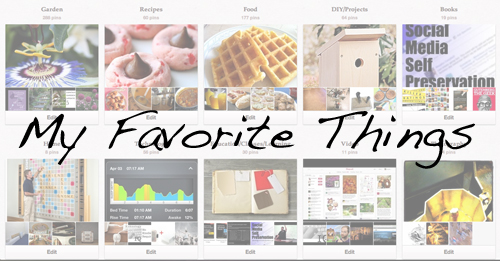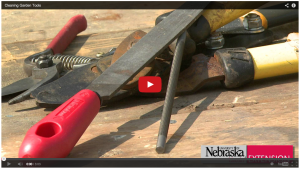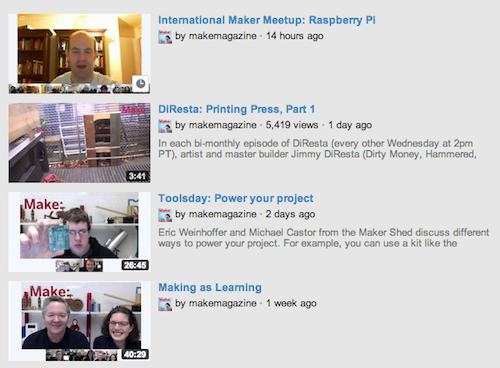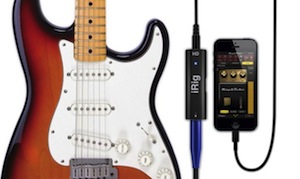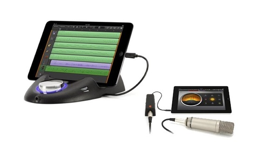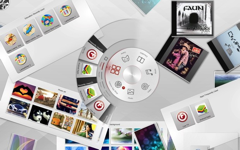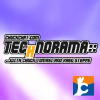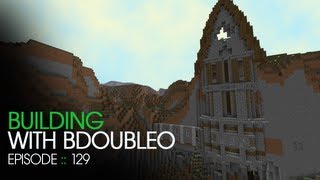Subscribed is my series highlighting the Podcasts, YouTube Channels and Blogs that I follow on a daily basis. Check out this entry, and past entries, for some great New Media Content — Douglas
Cooking Stoned with James Stone
I am always looking to branch out in my subscriptions, so it is great to find some new YouTube programming that isn’t gaming or geek related. Cooking Stoned are short (2-5 min) cooking video on a wide variety of dishes. One of the best elements is James seems to be enjoying himself a lot, which is always important in any video. His dishes fit within my fussy eating habits for the most part and some reach just far enough beyond that I am tempted to check them out at least once.
Cooking Stoned is “snackable content” in both senses of the term.
From Cooking Stoned YouTube Channel…
“Fresh and simple vegetarian recipes by DIY chef Jerry James Stone. Inspired by the San Francisco Bay Area and California cuisine, Cooking Stoned is a series of quick and tasty recipes and easy-to-follow HOW TOs.”
Link: Cooking Stone YouTube Channel
Link: Cooking Stoned Web Site
What are some of your favorite Subscriptions? Share them here in the comments!
Previously highlighted on Subscribed:
- Backyard Farmer from the University of Nebraska
- Make
- Lifehacker.com
- Building with BDoubleO
- Thinking Allowed from BBC Radio 4
- In Our Time from BBC Radio 4
- The Kitchn from Apartment Therapy
- Vintage Beef – Gaming Let’s Play and More!
- Frieda’s Garden
- TUAW: The Unofficial Apple Weblog
- Engadget
- Minute Physics
- Grant’s Advent Calendar with Grant Baciocco
- Minecraft and More with Paul Soares, Jr.
- Gardenfork.TV
- Cool Hunting
- CareerCamp International
- Tested.com
- Simon’s Cat
- Science @ NASA
- Far Lands or Bust with KurtJMac
- PBS Idea Channel

